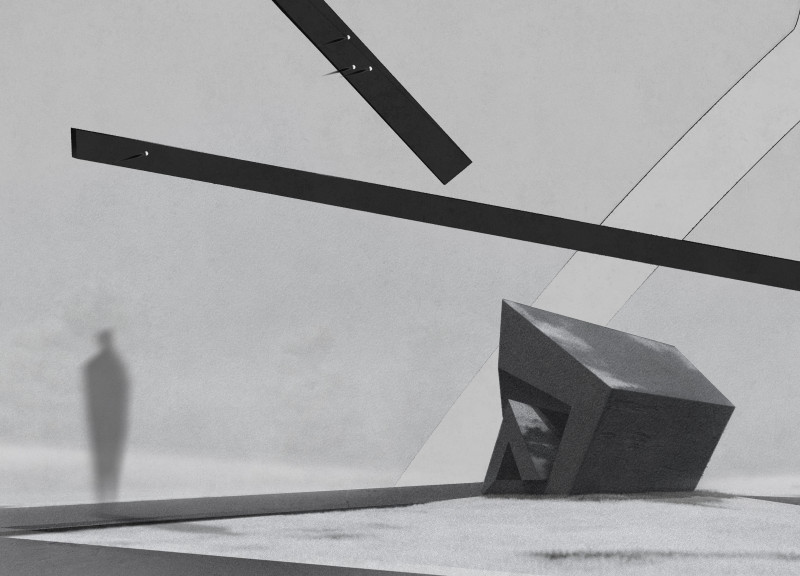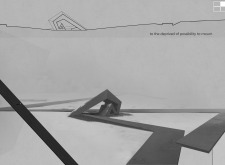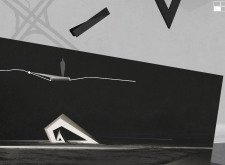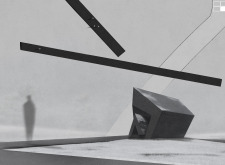5 key facts about this project
The Last Genocide Memorial: Resisting Involution is a significant architectural project designed to honor and reflect upon the lasting impact of genocide. This memorial serves as a contemplative space for remembrance, fostering both individual and collective reflection. Its physical presence is a manifestation of the themes of memory, loss, and resilience.
The design employs a series of fragmented forms that symbolize the disarray caused by atrocities, inviting visitors to engage with the space and confront their emotions surrounding the past. The architecture is composed of durable materials such as concrete, steel, glass, and natural stone, each chosen for their symbolic resonance and tactile qualities. The integration of these materials not only creates visual interest but also aligns with the project’s overarching theme of permanence and remembrance.
Unique Design Elements
One distinguishing feature of this memorial is its narrative-driven spatial organization. The layout guides visitors through a carefully orchestrated experience that transitions from disorientation to clarity. This pathway structure encourages individuals to reflect and engage with the surrounding environment actively. Intimate reflective zones are interspersed throughout the memorial, providing spaces for personal contemplation amidst larger gathering areas designed for communal events.
The architectural approach emphasizes the contrast between the coldness of hard materials and the warmth of natural elements. By utilizing sharp angles and fragmented forms, the design mirrors the chaos of the events being memorialized while simultaneously orienting towards natural light, signifying hope and healing. This juxtaposition creates an environment that is both thought-provoking and approachable.
Spatial Experience and Community Engagement
The memorial's spatial arrangement also emphasizes community involvement in the healing process. It is designed to accommodate various forms of engagement, whether through organized events or personal reflection. This flexibility allows for a broader connection, encouraging visitors to explore their relationship with the past actively.
Overall, the Last Genocide Memorial: Resisting Involution reflects a thoughtful consideration of architecture as a tool for commemoration and healing. The project integrates innovative design approaches, thoughtful materiality, and a focus on community engagement to create a significant space for memory and reflection.
To gain deeper insights into the architectural plans, architectural sections, and detailed architectural designs, the reader is encouraged to explore the project presentation further. This exploration will provide a comprehensive understanding of the architectural ideas underpinning this memorial.


























